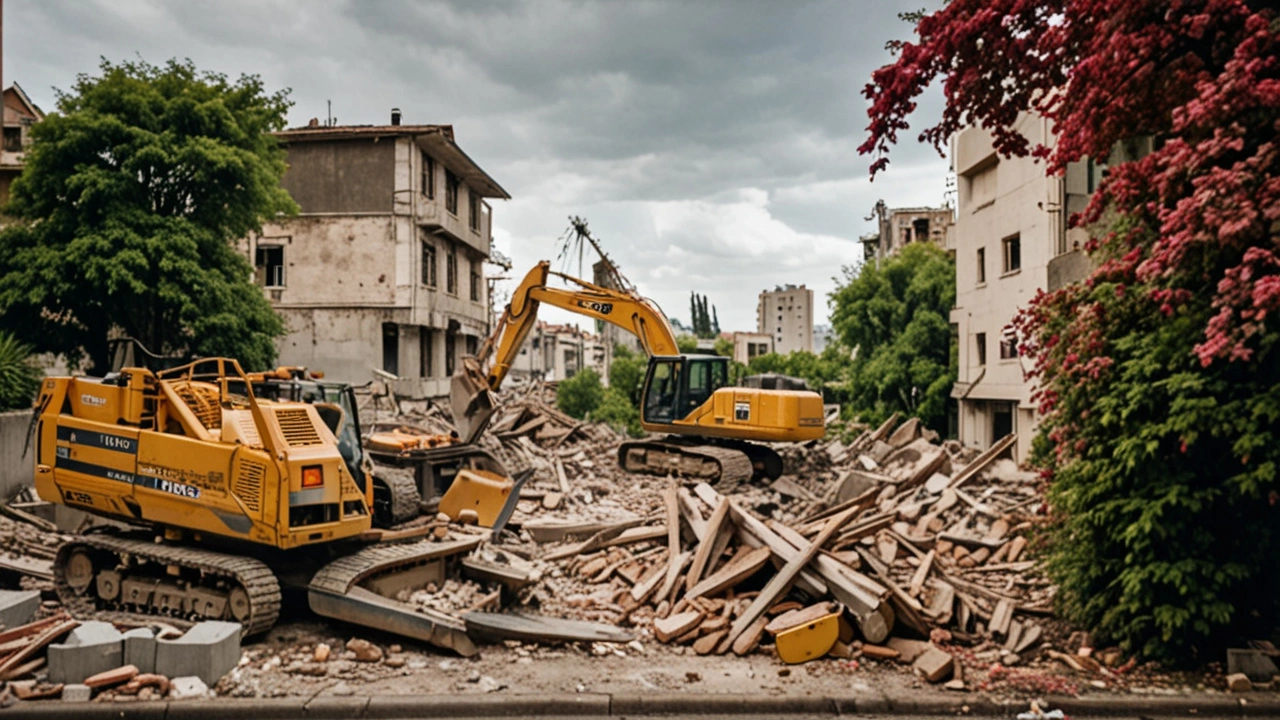Seismic Activity: What You Need to Know
Seismic activity means the shaking of the Earth's surface caused by natural movements beneath the ground. This shaking happens mainly because of earthquakes. Earthquakes occur when stress built up along fault lines is suddenly released, sending waves through the Earth. These movements can range from tiny tremors we barely feel to massive shakes that cause serious damage.
Understanding seismic activity is important because it helps us prepare for earthquakes and reduce their harm. Scientists use special tools like seismographs to monitor these movements in real time. Early warnings based on seismic data can save lives by giving people a chance to take cover or evacuate.
Why Do Earthquakes Happen?
The Earth's outer shell, called the crust, is made up of huge pieces known as tectonic plates. These plates slowly move around and sometimes get stuck against each other. When the stress becomes too much, the plates suddenly slip, causing the ground to shake—that's an earthquake. The place underground where this slip happens is called the focus, and the spot on the surface above it is the epicenter.
Seismic activity is not evenly spread worldwide. Places along plate boundaries or fault zones, like the Pacific Ring of Fire, see more earthquakes. But quakes can sometimes happen in unexpected areas too. That's why continuous monitoring and local preparedness are key, no matter where you live.
How Seismic Activity Affects Communities
Earthquakes can damage buildings, break roads, and disrupt utilities like water and electricity. They may also trigger landslides or tsunamis if underwater faults slip. Knowing how to respond during and after seismic events keeps people safer. Simple steps like securing heavy furniture, crafting emergency plans, and having supplies ready make a big difference.
On the bright side, watching seismic activity helps scientists learn more about the Earth's interior and how forces shape our planet. Advances in technology improve earthquake detection and forecasts, giving communities better tools to handle these natural events.
Staying informed about seismic activity isn't just for experts—it's something everyone should care about. By understanding the basics, you can be prepared and keep those around you safe when the ground starts to move.
On July 16, 2024, Kenya experienced a 4.6 magnitude earthquake, impacting the capital Nairobi and the area of Magadi. The quake resulted in significant disturbances, with many residents feeling the strong tremors. Authorities are assessing the damage and ensuring public safety.


 Sports
Sports